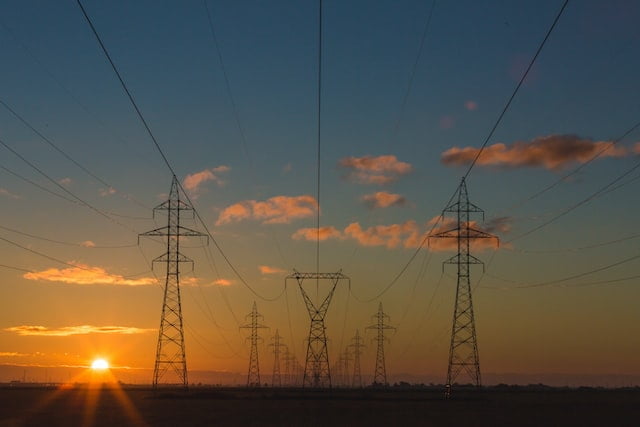Before we start discussing about various forms of energy and its sources, let’s first look back and see what energy is.
What is energy?
If we go by high school textbook definition, then –
Energy is that which exists in nature having no mass or does not occupy any space but can be perceived by our sense.
Forms of energy
Energy exists in various forms and some of the best-known examples are
- Heat energy
- Light energy
- Sound Energy
- Electrical energy
- Chemical energy
- Magnetic energy
- Mechanical energy
- Potential energy
- Kinetic energy
- Nuclear energy
Now all these forms of energy have one thing in common, that is the capacity for doing work.
In our day-to-day life, we need energy to walk, talk and even to sleep. The amount of energy consumed for each of these works varies. We get our energy to perform these tasks, from the food we eat.
Similarly, when we drive a car, we need energy to move the car and it comes from the fuel we use. When we cook, we get energy from gas, electricity, coal or may be wood.
How are we getting the energy? Can we create more energy?
We need to keep in mind that energy can neither be created or destroyed. It can be transformed from one form to another. Like we burn coal and produce electricity. Coal contains carbon and hydrocarbons which when burnt produces heat energy and the same is transformed to electrical energy.
Kinetic energy of wind is converted into mechanical energy by windmill.
When we throw a ball up in the air, our physical energy which we get from food is converted to kinetic energy. This kinetic energy keeps on decreasing and the potential energy increases as the ball goes up.
As it reaches the topmost point, the kinetic energy is 0 and the ball stops. The potential energy is highest now. As gravitation pulls the ball back to the earth’s surface, it starts coming down. The speed increases due to gravitational acceleration. The potential energy of the ball gets converted into kinetic energy which keeps on increasing. As the ball hits the ground, this kinetic energy is converted to heat and sound energy.
If we check the above case, the sum of energy at any point of time is constant which leads us to the law of conservation of energy.
Law of conservation of Energy
Energy cannot be created or destroyed. It can be only transformed from one form to other. The total amount of energy in this universe is constant.
There are special circumstances where mass can be converted into energy and vice versa. This leads to the concept of nuclear reaction, but we will discuss it some other time. For the time being, our energy is constant throughout the universe as in most of the cases, and we are looking into how one form is converted to another.
Now we are very happy that we have fuel like petrol, diesel or cooking gas and we are using them extensively for our daily necessity or luxury. We are going to office and school by car and bus and the mechanical energy required to move these vehicles comes from the burning of fuel.
Where is fuel coming from?
Petroleum and coal are known as fossil fuel. These are found beneath the earth’s surface.
What is the source of energy on earth?
Sun is the primary source of energy on Earth. Except nuclear energy and the internal heat energy of earth, all other forms of energy of the earth are derived from the Sun. Plants use solar energy to produce their food by the process of photosynthesis. Animals get their food from plants.
When plants, animals etc remain buried for thousands of years under the earth, they are converted into coal, mineral oil etc.
Now note the period mentioned above. It takes thousands of years to produce coal and mineral oil which we extract and burn in few minutes while going to school, college, or office.
Is fossil fuel produced in the same rate as we consume?
The clear answer is No. We are consuming underground fuel at a much higher rate compared to the time it takes to produce them. According to rough estimate, if we keep on consuming fossil fuel at the current rate, it will be depleted globally by 2060.
So, it is high time we turn our focus to alternate source of energy which we will discuss in our upcoming article.


1 thought on “Energy – forms and sources”